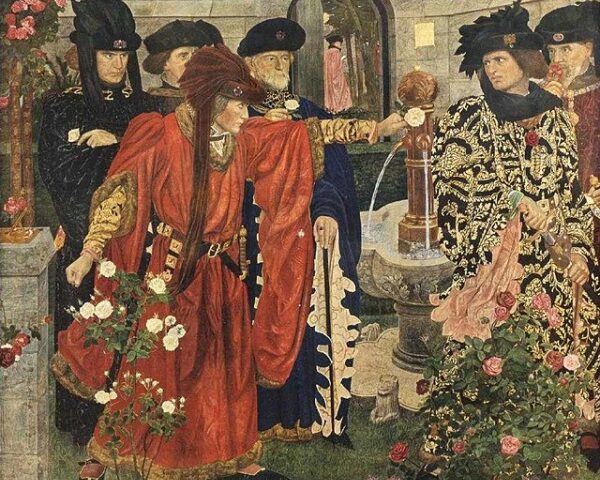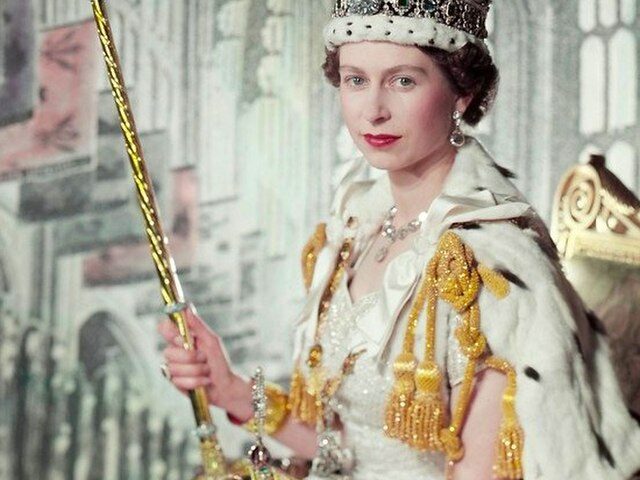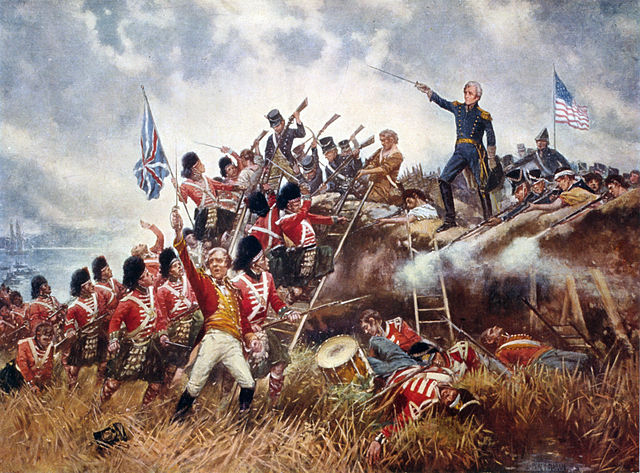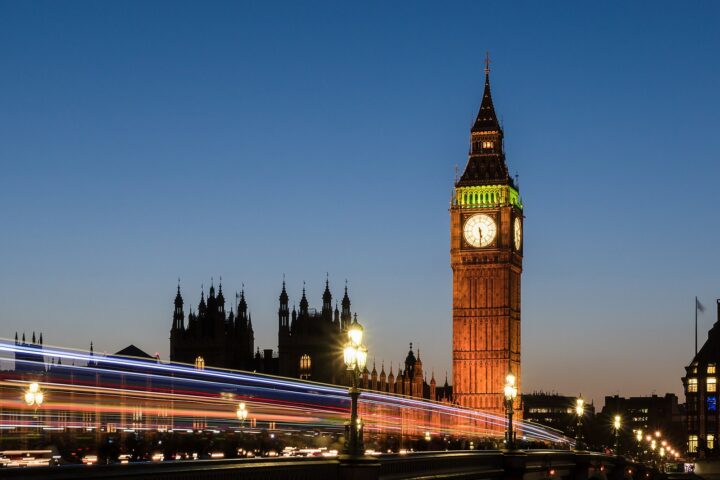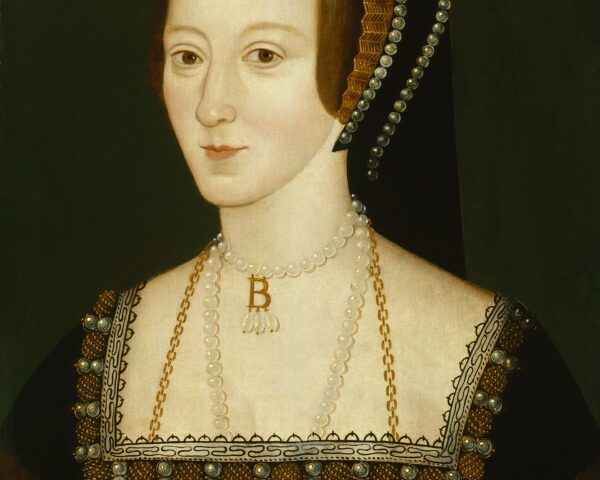The Battle of Stoke Field, fought on June 16, 1487, ended one of the longest, most important wars in English history, the Wars of the Roses, a protracted series of civil wars that engulfed the country for over three decades. The seeds of the…
Read MoreOn June 2, 1953, the world watched intently as Queen Elizabeth II officially received her crown. Elizabeth’s coronation occurred while her country still had scars from World War II. NPR writes that “the start of the 25-year-old’s reign was widely seen as the dawn…
Read MoreOn June 2, 1774, the British Parliament passed a series of stringent measures known as the Intolerable Acts, also called the Coercive Acts, aimed at quelling growing unrest in the American colonies, particularly Massachusetts. This decisive action followed the infamous Boston Tea Party of…
Read MoreOn June 1, 1812, President James Madison asked Congress to grant him the authority to go to war with England, a risky move against a global power that nearly cost the young United States its independence, saw the White House burned, and propelled General…
Read MoreOn May 31, 1859, the iconic clock tower now known as Big Ben began to keep time for the first time. Located at the north end of the Palace of Westminster in London, the tower has since become one of the most recognizable symbols…
Read MoreIt began not with a battle cry, but with a refusal. On May 30, 1381, villagers in Brentwood, Essex, stood their ground against royal tax collectors—and in so doing, ignited one of the most explosive popular uprisings in English history. The Peasants’ Revolt, also…
Read MoreThe Spanish Armada, a formidable naval force assembled by King Philip II of Spain, embarked on its fateful expedition beginning on May 28, 1588. Comprising 130 ships and approximately 30,000 men, including sailors, soldiers, and support personnel, the Armada’s mission was to overthrow Queen…
Read MoreOn May 23, 1430, amid the brutal and grinding wars that had ravaged France for nearly a century, the woman who had once turned the tide of battle at Orléans found herself surrounded, outnumbered, and—most damning of all—abandoned. Joan of Arc, the teenage peasant-turned-warrior…
Read MoreOn May 15, 1536, Anne Boleyn—Queen of England, second wife of Henry VIII, and mother of the future Elizabeth I—stood trial at the Tower of London. The charges were staggering: adultery, incest, and high treason. The outcome was foreordained. Condemned by a hand-picked jury…
Read MoreOn the morning of May 9, 1671, the Tower of London played host to one of the most improbable crimes in British history—a heist so brazen, so theatrical, it defied the line between treason and performance. Colonel Thomas Blood, an Irishman of Protestant birth…
Read More

